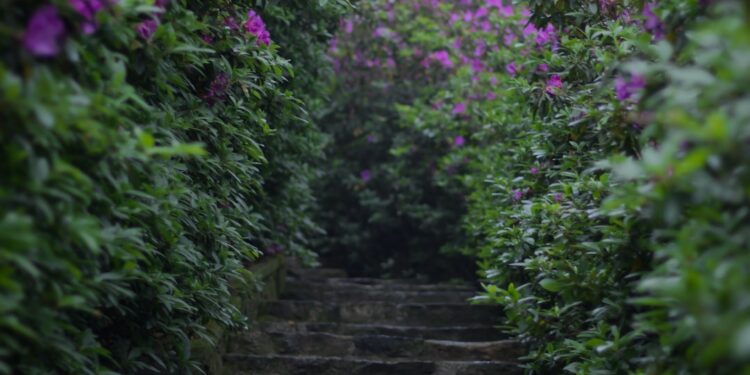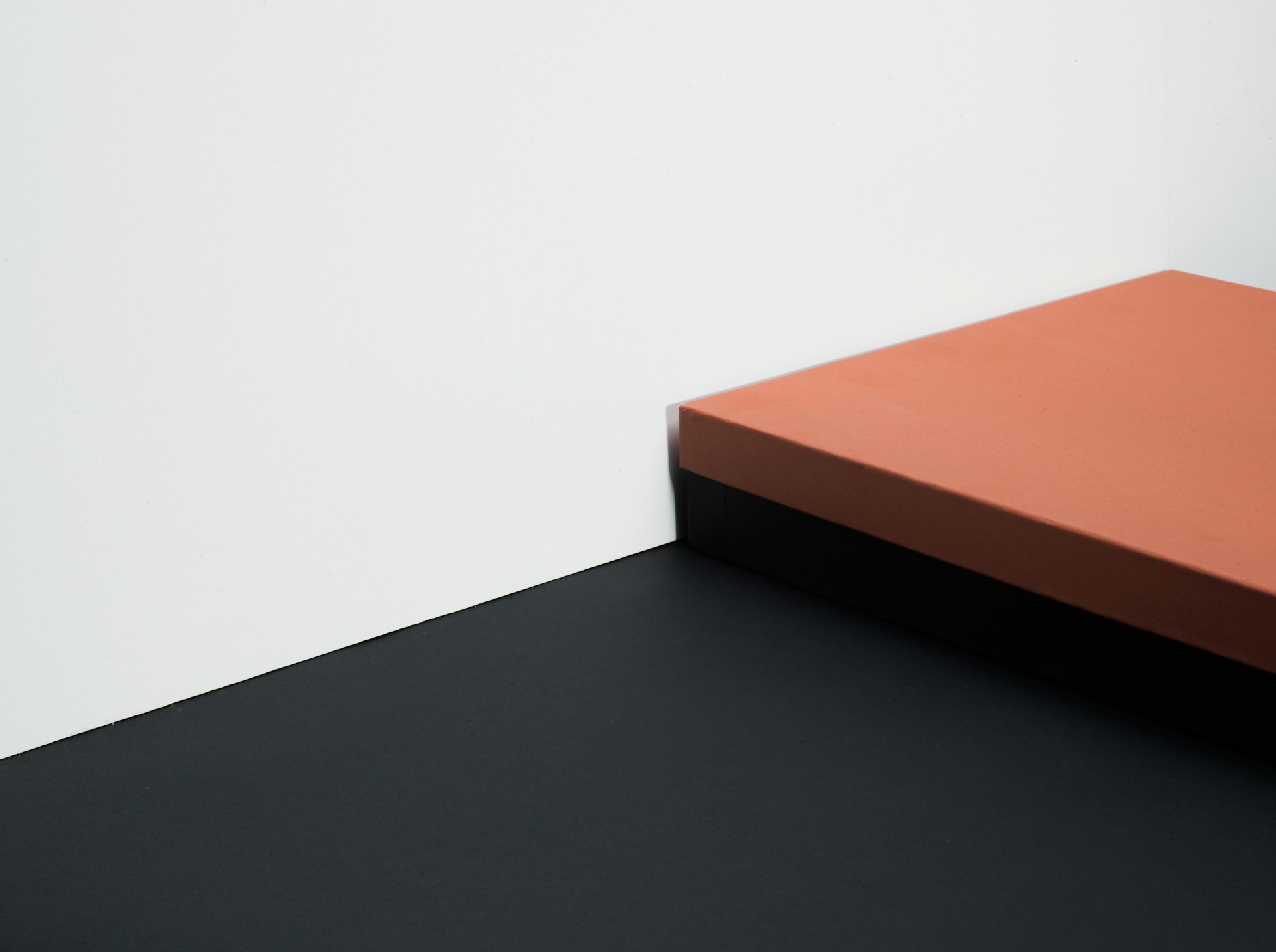Understanding Your Garden’s Sun Exposure: Choosing the Right Plants
When it comes to gardening, one of the most important factors to consider is the sun exposure in your garden. The amount of sunlight your garden receives will determine the types of plants that can thrive in it. Understanding the sun exposure in your garden is crucial in choosing the right plants and achieving a successful and beautiful garden.
Sunlight is vital for plants as it is the primary source of energy through photosynthesis. Different plants have varying sun requirements, and it’s essential to select plants that match the sunlight conditions in your garden. To determine the sun exposure in your garden, you need to observe how sunlight behaves throughout the day.
Firstly, spend some time observing your garden during different times of the day. Take note of areas that receive full sun, partial shade, or full shade. Full sun areas receive at least six hours of direct sunlight each day, whereas partial shade areas receive a few hours of direct sunlight and the rest of the day in shade. Full shade areas receive little to no direct sunlight at all.
If your garden has areas with full sun, you are fortunate because you have a wide range of plants to choose from. Full sun plants thrive in direct sunlight and are typically more robust and more likely to produce colorful blooms and fruits. Some examples of full sun plants include roses, marigolds, tomatoes, and sunflowers.
On the other hand, if your garden has areas with partial shade, you’ll need to select plants that can tolerate some shade. Partial shade plants are adaptable and can withstand a few hours of direct sunlight and the rest of the day in shade. Examples of partial shade plants include hostas, hydrangeas, impatiens, and ferns.
If most of your garden falls under the full shade category, it can be a bit challenging to find plants that thrive in these conditions. However, there are still plants that can tolerate shade and add beauty to your garden. Full shade plants typically have larger leaves to absorb more light. Some examples include hostas, ivy, bleeding hearts, and hellebores.
Understanding your garden’s microclimates is also important when it comes to sun exposure. Microclimates are small areas within your garden that have slight variations in temperature, humidity, and sunlight exposure. These microclimates can occur due to factors like trees, walls, or structures that create shade or windblocks.
For example, a garden with a large tree can create areas of partial shade or full shade, even if the rest of the garden receives full sun. Similarly, a wall or fence can create a microclimate that provides some shade in certain areas. By understanding these microclimates, you can choose the right plants for each specific area in your garden.
When selecting plants, it’s also essential to consider the growing season and the angle of the sun at different times of the year. In the Northern Hemisphere, the sun is usually stronger in the south, so southern areas of your garden will receive more direct sunlight. Conversely, in the Southern Hemisphere, the sun is usually stronger in the north.
By understanding your garden’s sun exposure and utilizing this knowledge to choose the right plants, you can create a beautiful and thriving garden. Remember to observe your garden, determine the sun exposure in different areas, and select plants accordingly. With the right plants in the right places, your garden will flourish and be a source of joy and relaxation for years to come.














